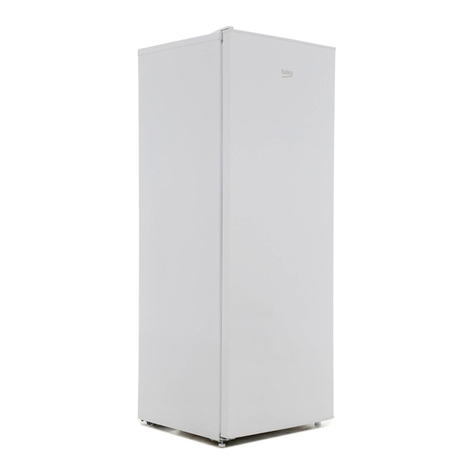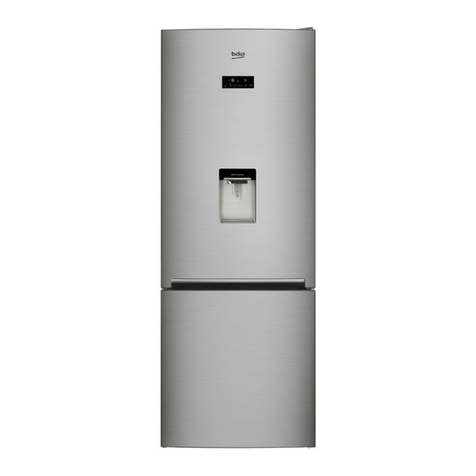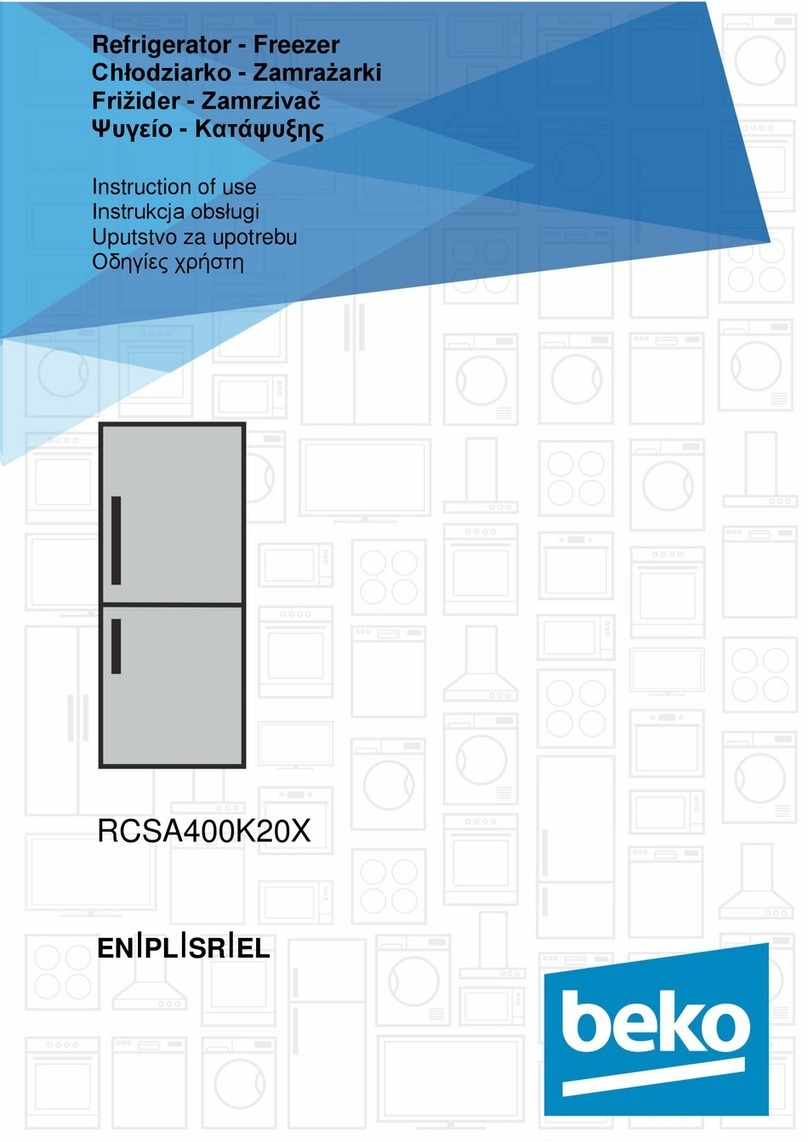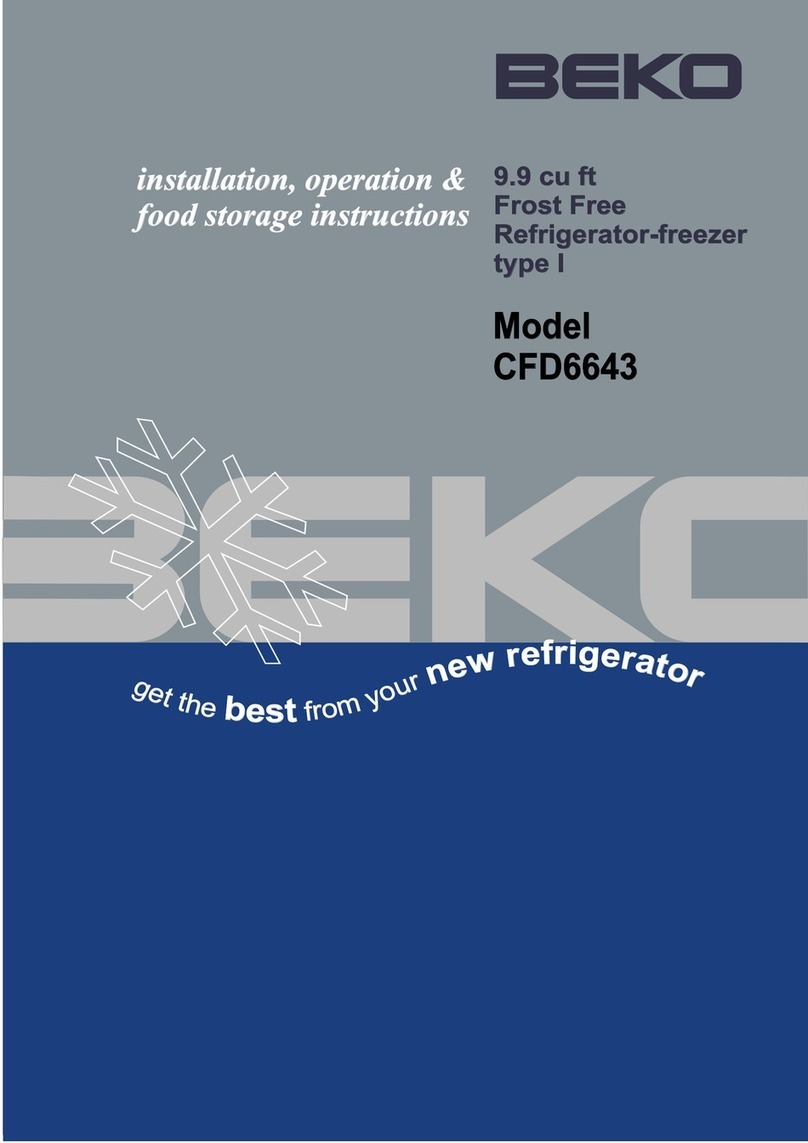Beko DSE 30080 User manual
Other Beko Refrigerator manuals

Beko
Beko CS5533APW User manual
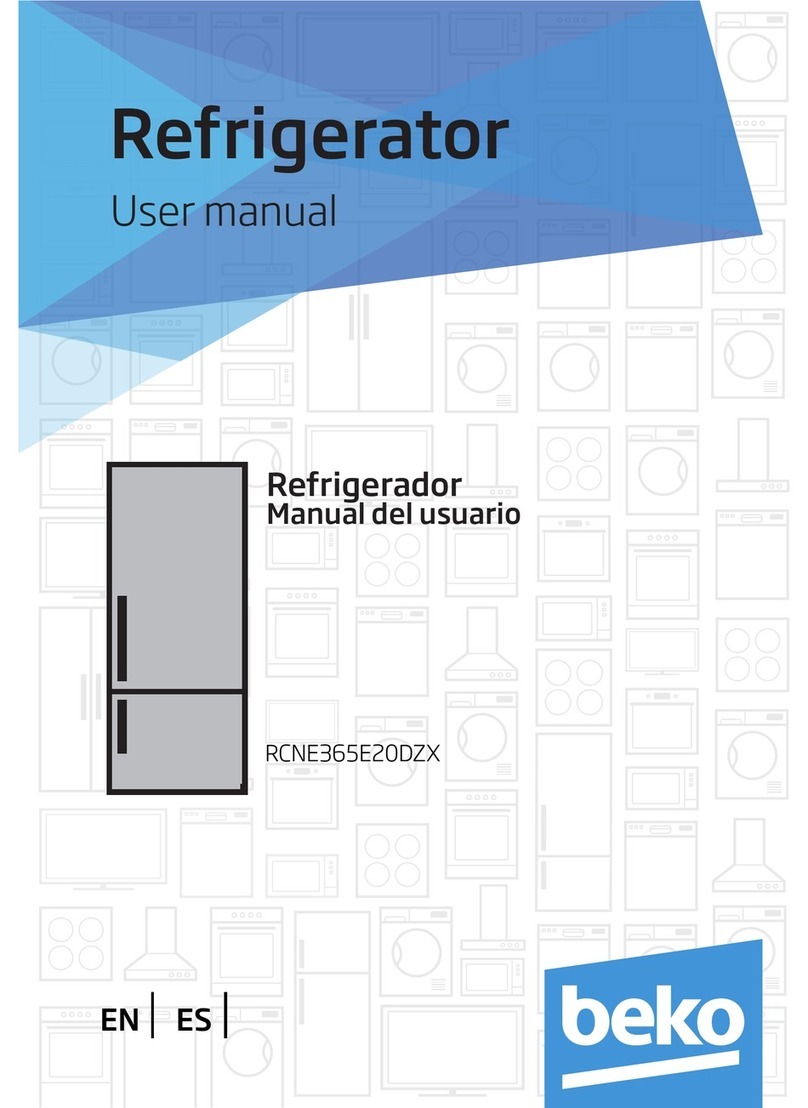
Beko
Beko RCNE365E20DZX User manual
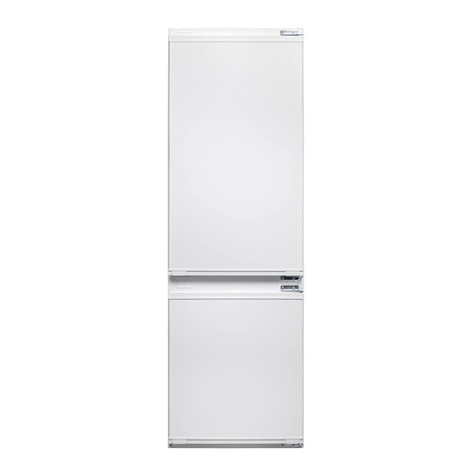
Beko
Beko BCSA285K2S User manual

Beko
Beko RDNE750W User manual

Beko
Beko TL 654 W User manual

Beko
Beko FS1 66020 User manual

Beko
Beko RFNE 290 E 33 W User manual
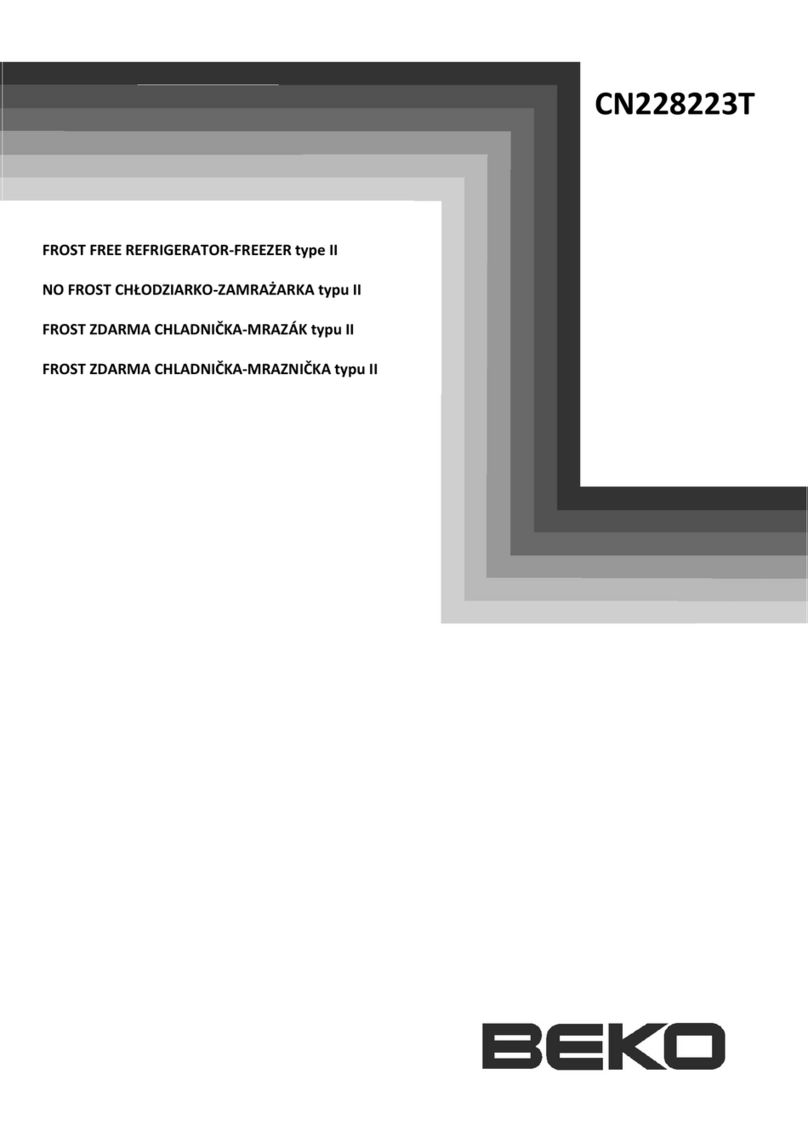
Beko
Beko CN228223T User manual

Beko
Beko RCNA 365E30X User manual

Beko
Beko SS 137020 User manual

Beko
Beko SN 140120 User manual

Beko
Beko GNE134750 User manual
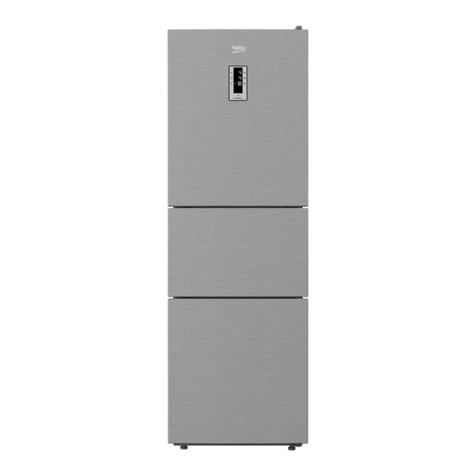
Beko
Beko RTNT340E20VZX User manual
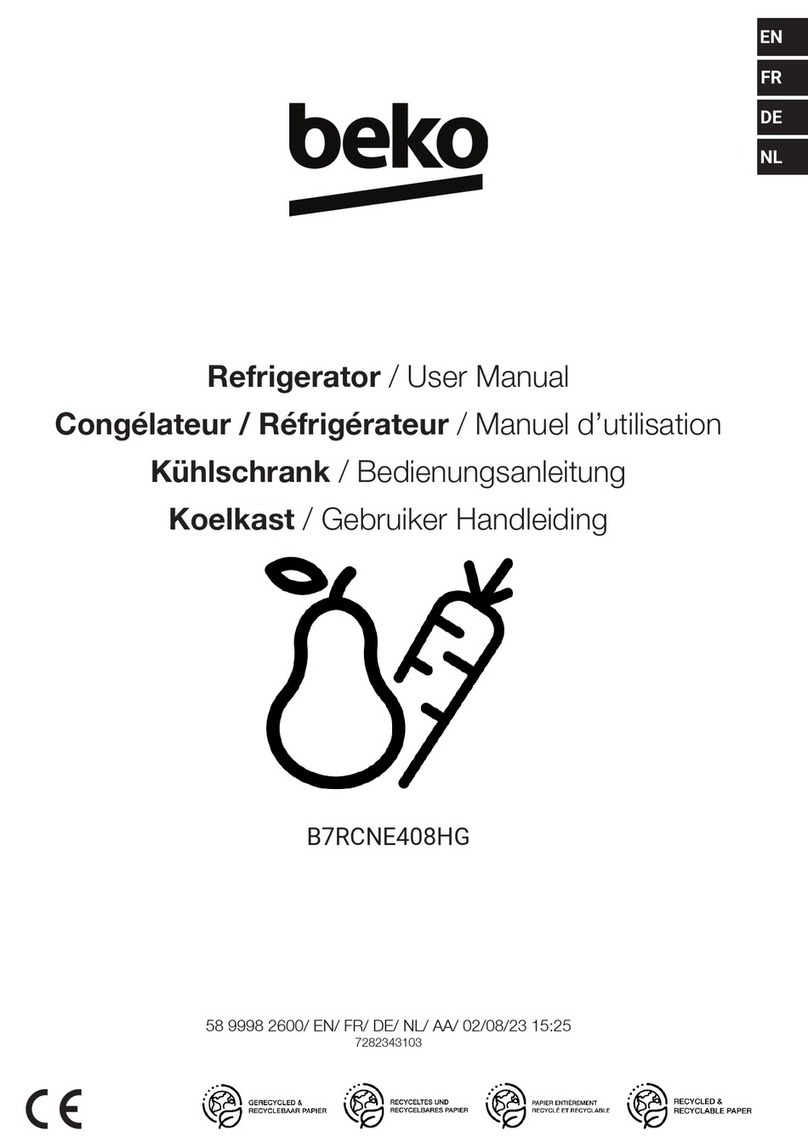
Beko
Beko B7RCNE408HG User manual

Beko
Beko RDNE505E20DZXP User manual
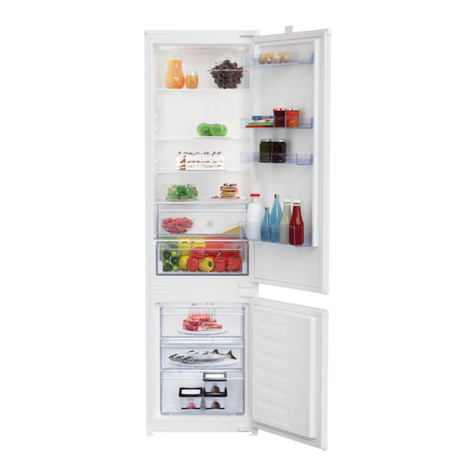
Beko
Beko BCHA306K3S Instruction Manual

Beko
Beko DSE 30000 User manual

Beko
Beko B5RCNE366HXB1 User manual

Beko
Beko GNE134605FX 1 User manual
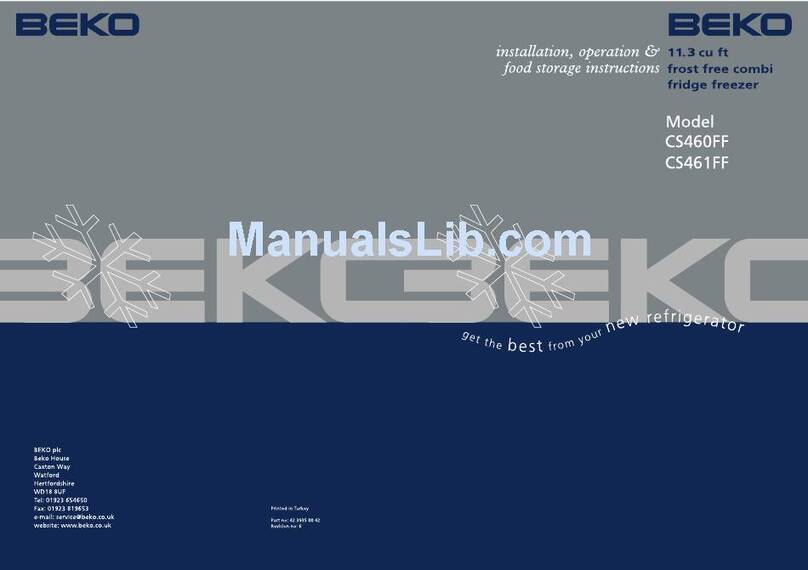
Beko
Beko CS460FF Owner's manual
